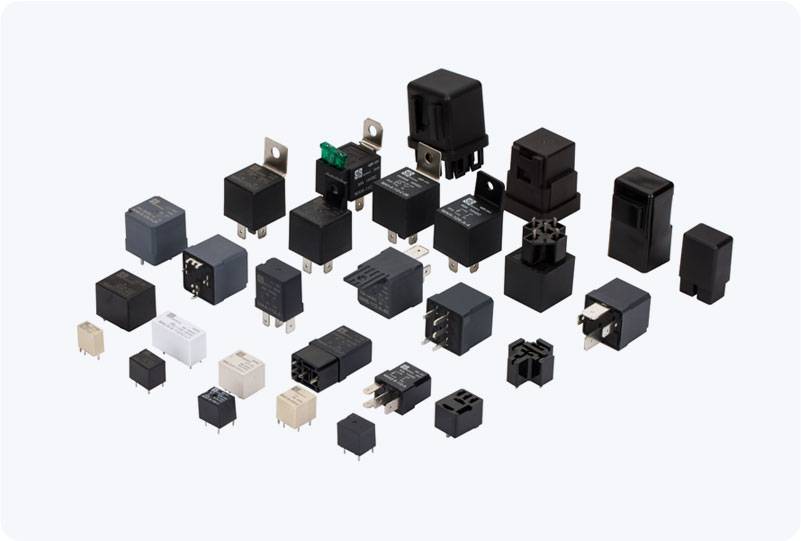A Solid State Relay (SSR) is an essential electronic component used in modern electrical and electronic systems for controlling high-power devices through low-power control signals. Unlike conventional mechanical relays, SSRs operate without any moving parts, relying entirely on semiconductor components such as transistors, triacs, and optoisolators. This unique design brings about numerous advantages, such as faster response times, longer lifespan, and quieter operation, making them ideal for various industrial and domestic applications.

What is a Solid State Relay? At its core, a Solid State Relay is a switch that opens and closes electrical circuits without mechanical motion. The most common components inside an SSR include a light-emitting diode (LED) for input signal activation and a semiconductor switch like a triac or a thyristor for controlling the high-voltage load. When a small control voltage is applied to the SSR’s input, it activates the LED, which in turn energizes the semiconductor switch, allowing or interrupting current flow to the load. This type of relay is highly reliable and efficient due to the absence of mechanical parts, which can wear out over time in traditional relays.